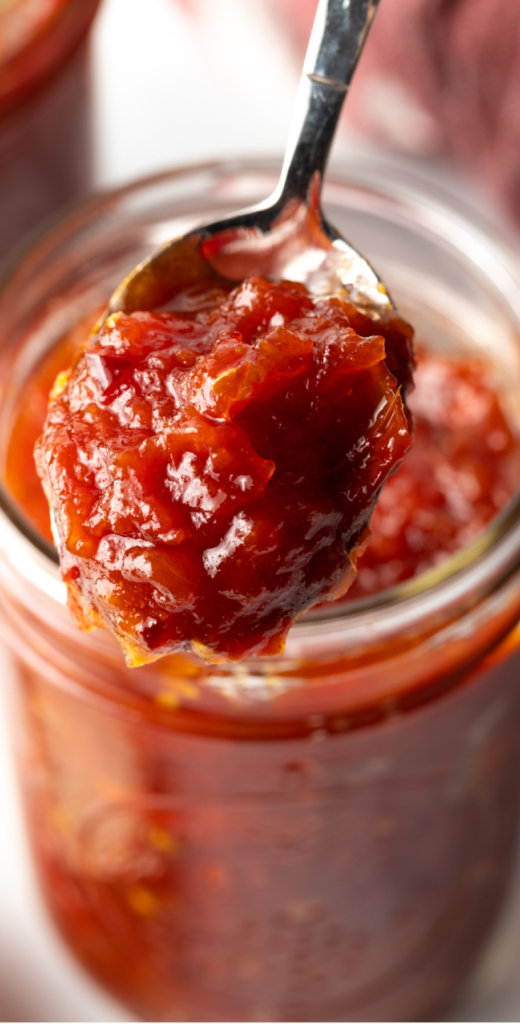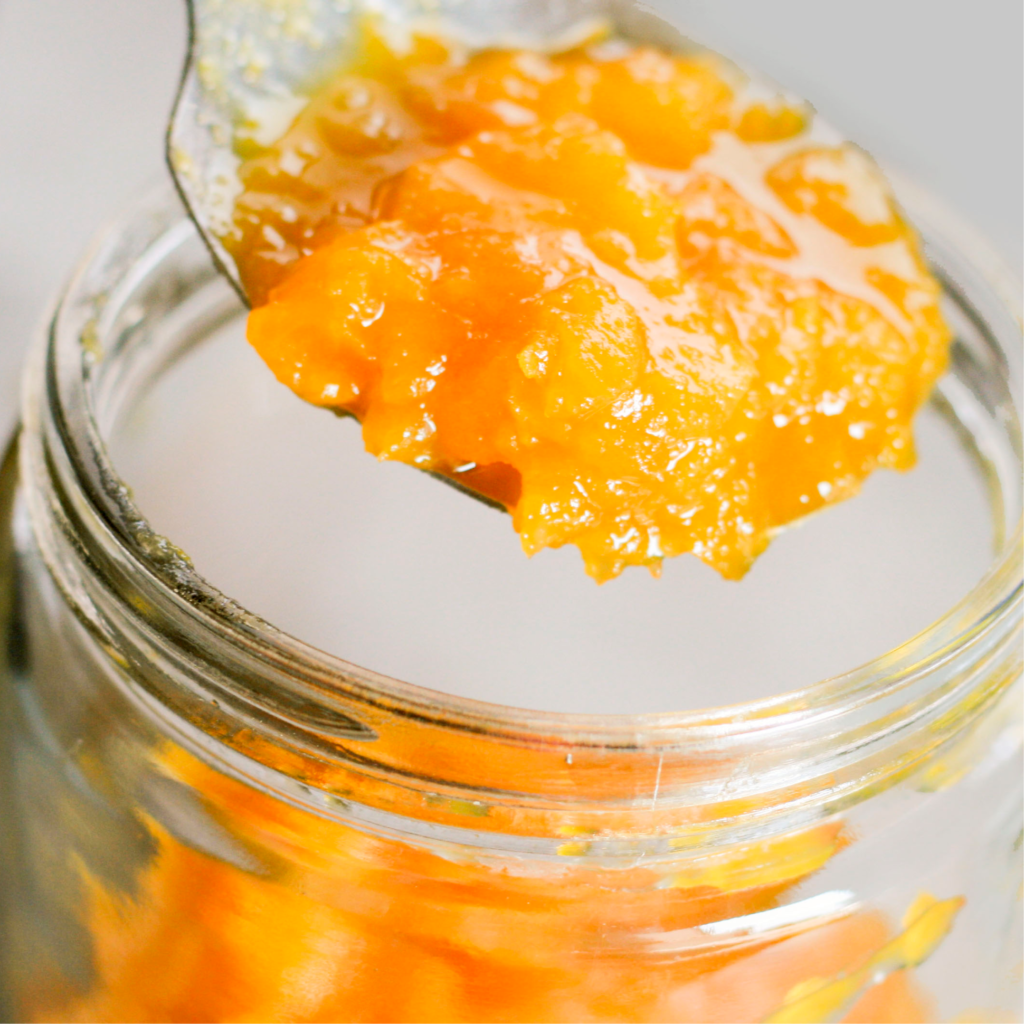

The perfect name for a veggie that can easily be consumed right after being cultivated.
We’ve previously explored different techniques to preserve our fruits and vegetables for longer. From regulating fridge temperature to learning new storage methods, these techniques preserve the texture and freshness of produce. Even though these tips extend the shelf life of produce, other approaches add flavours, such as pickling and jam-making.
These preservation methods have similarities and differences. Starting with what they have in common: both are brilliant solutions for preserving different fruits and vegetables and are a delicious complement to any dish. The difference relies on the principal ingredient for preservation. Pickling uses salt as brine or vinegar, while jam uses sugar.
It's not just about preserving fruits and vegetables when you pickle them. Pickled goods have evolved into a technique that is used by cultures across the globe to create unique cultural food diversity. One example is kimchi, made from a mix of spicier sour pickled vegetables such as napa cabbage from Southeast Asia, or pickled cucumbers from Eastern Europe.
You can pickle cucumber, sweet corn, or even berries. The classic method involves several steps and a period of fermentation that takes longer. If you are a beginner and want to try pickling, there is a preservation method called: quick pickling. In this method, vegetables are added to vinegar, water, and salt solution and stored in the refrigerator. The difference between quick pickling and the traditional method is fermentation time (this method only requires a few days). Using this technique won’t develop a deep fermented flavour in your food.
For the sweeter side of preservation, there are a variety of recipes for jams. Usually, jams contain fruit juice and some pieces of its flesh to add texture. Whether you enjoy them as breakfast with bread or dessert, jam is a very versatile option. You can find savoury options by tasting preserves made from tomato, squash, or zucchini.
Due to the natural preservatives in both methods, they must be stored properly. Jam should be stored in a cool, dark place away from light and heat when unopened. Once opened, it must be refrigerated. Likewise, pickled foods should be refrigerated after opening to ensure optimal flavour.
Which GreenPoint’s fresh produce would you like to taste in one of these delicious methods?

